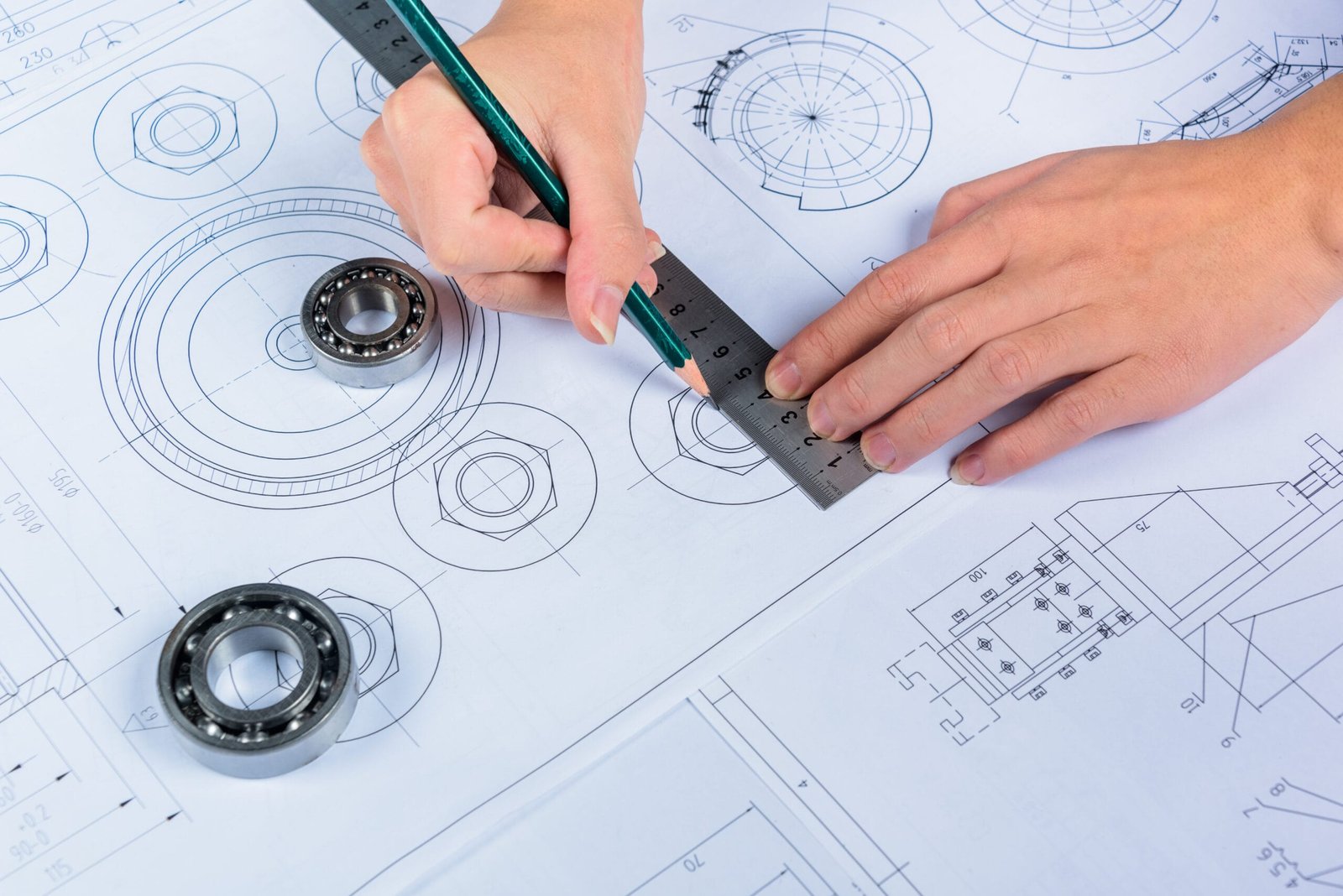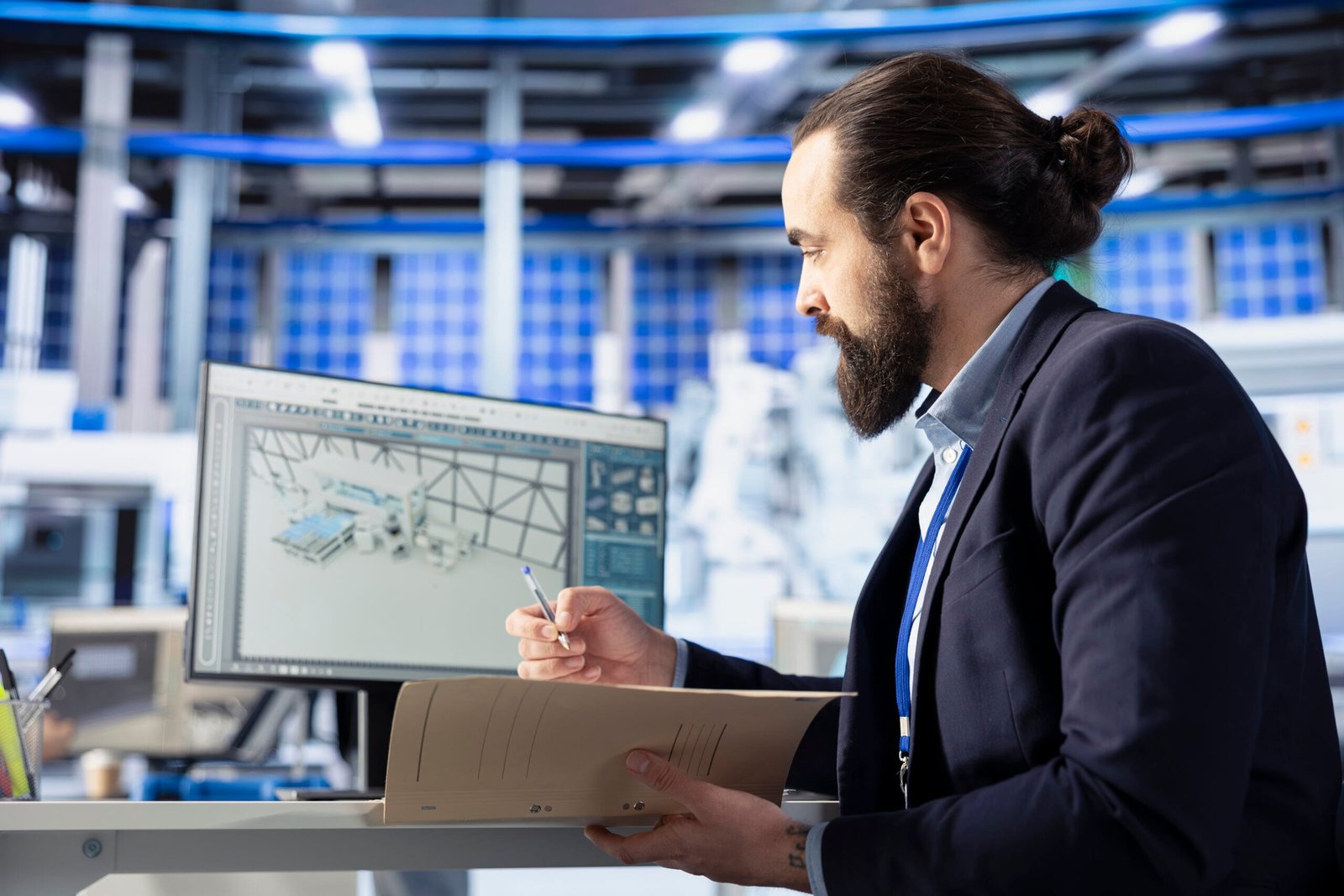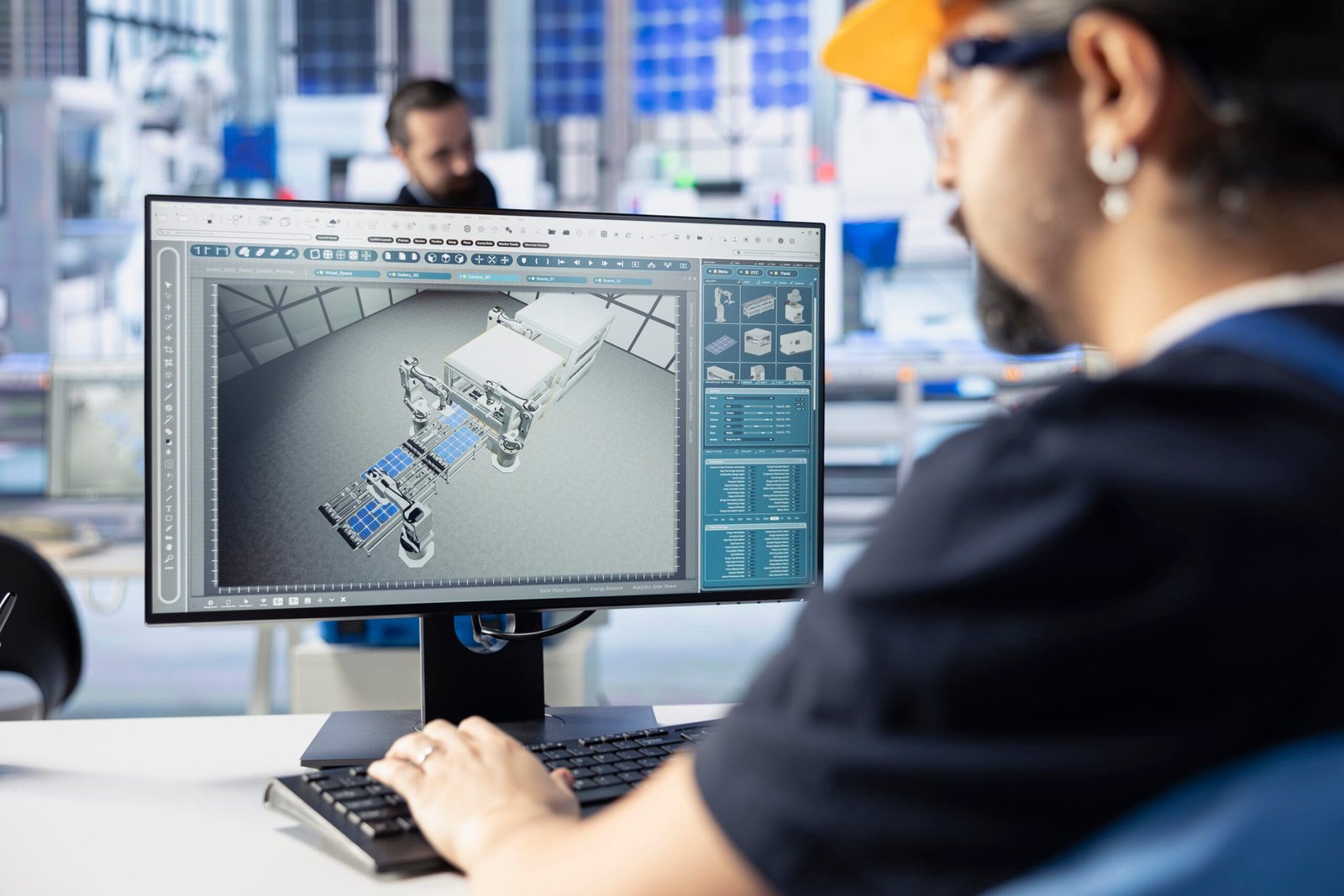Description:
Explore the powerful uses of What Are the Uses of 3D Modeling in Animation—from character creation to visual effects. Learn how this essential technique brings animated stories, films, games, and simulations to life in today’s digital age.
Introduction
Animation has undergone a massive transformation in the past few decades. What once began as hand-drawn images in flipbooks and cel animations has evolved into high-definition 3D visuals that feel almost lifelike. At the heart of this revolution lies 3D modeling, a foundational technique that allows artists to build detailed characters, objects, environments, and more in a three-dimensional space. Whether it’s a blockbuster film, an animated series, or a video game, 3D modeling is the core of modern animation.
This blog exploresWhat Are the Uses of 3D Modeling in Animation, showcasing how it’s shaping storytelling, enhancing visual effects, and driving innovation across multiple industries.
What Are the Uses of 3D Modeling in Animation?
3D modeling is the process of creating a three-dimensional representation of any object using specialized software such as Blender, Maya, 3ds Max, or ZBrush. These models are built using a mesh structure made of vertices, edges, and faces, which can be shaped and refined to represent anything—humans, animals, buildings, props, or fantastical creatures.
In the context of animation, What Are the Uses of 3D Modeling in Animation is the first step in a broader pipeline that includes rigging, texturing, animating, lighting, rendering, and compositing. Once a model is created, it can be animated and brought to life through motion and effects.
1. Character Creation and Animation
One of the most common and visible uses of 3D modeling in animation is in character design. Every animated movie or game featuring 3D characters starts with a base model created by 3D artists. These models define the shape, form, and structure of the character.
Once the model is complete, it undergoes rigging, where a virtual skeleton is added to allow the model to move. Animators can then manipulate this skeleton to create lifelike movements such as walking, talking, or even flying.
Example:
In movies like Toy Story, each character began as a 3D model. Artists sculpted Woody, Buzz, and others from simple geometry into fully animated, emotionally expressive characters.
2. World Building and Environment Design
What Are the Uses of 3D Modeling in Animation is essential for creating immersive environments. Whether it’s a lush jungle, a futuristic city, or a mythical realm, every setting in a 3D animated film or video game starts with models. Artists carefully design terrain, architecture, and scenery to make the world feel real and engaging.
Use Case:
In animation series or video games, world-building is crucial. The vast worlds in Avatar or The Legend of Zelda: Breath of the Wild are a direct result of detailed 3D modeling.
These environments don’t just act as backdrops; they interact with characters, change with the story, and sometimes even influence gameplay or plot.
3. Props and Object Modeling
Every item a character interacts with—be it a car, weapon, phone, or even a cup of coffee—needs to be modeled. Props help make animated scenes more believable and grounded in reality. In animation, props can also play symbolic or narrative roles.
Example:
In a detective-themed animated movie, the magnifying glass and notebook used by the protagonist would both be modeled, textured, and possibly animated.
Because these objects often come into close contact with the camera, they need to be rich in detail and designed realistically.
4. Visual Effects and Simulations
What Are the Uses of 3D Modeling in Animation is not limited to physical objects or characters. It also plays a role in creating stunning visual effects (VFX) like explosions, water simulations, smoke, fire, and particle effects. These are either driven by physics-based engines or animated manually, and often involve modeling at a granular level.
For example, a 3D artist might model particles or shapes that transform into magical spells, dust clouds, or liquid splashes in an animated movie.
Example:
In Frozen, Elsa’s ice palace and the snow effects around her are the result of intricate 3D modeling and simulation combined with animation tools.
5. Storyboarding and Pre-Visualization
Before full-scale animation begins, filmmakers and studios often use 3D modeling for pre-visualization, also known as previs. This helps them see how a scene will look and feel before committing time and resources to detailed rendering and animation.
Using low-polygon 3D models, artists can plan out camera movements, character placements, and scene layouts early in production. This saves time and allows for better creative decisions.
Benefit:
Previs lets directors and animators experiment with angles, pacing, and choreography in a virtual space without investing heavily upfront.
6. Game Animation and Interactive Media
In the video game industry, What Are the Uses of 3D Modeling in Animation is absolutely vital. Every character, weapon, terrain, vehicle, and building in a 3D game is modeled by artists. Unlike film, where viewers are passive, games require interactive elements, so models must be built with performance and optimization in mind.
Characters need to be modeled in such a way that they can respond to player inputs, physics, and in-game environments, all while looking visually appealing.
Popular Games Using 3D Modeling:
- Fortnite
- Call of Duty
- Minecraft (with stylized low-poly models)
7. Educational and Scientific Animation
Beyond entertainment, What Are the Uses of 3D Modeling in Animation and animation are widely used in education, medical visualization, and scientific research. Animated 3D models help explain complex concepts, from the human anatomy to chemical reactions, in a way that is visually engaging and easy to understand.
Use Case Example:
Medical schools use 3D models to simulate surgeries or explain bodily functions. Similarly, engineering students learn about mechanisms and structures through animated 3D models of machines.
8. Marketing and Branding
What Are the Uses of 3D Modeling in Animation are frequently used in promotional videos, product advertisements, and branding campaigns. Whether it’s showing a 360° view of a new smartphone or animating a company mascot, 3D models add value by enhancing visual appeal.
Brands use this to showcase product features, demonstrate usage, and create memorable content that resonates with audiences.
Conclusion
What Are the Uses of 3D Modeling in Animation is the backbone of modern animation. It’s the essential first step in creating characters, environments, props, and effects that power films, games, educational content, and marketing campaigns. By translating creative ideas into digital forms, 3D modeling unlocks the ability to animate anything the mind can imagine.
As technology continues to evolve, 3D modeling will only become more accessible and powerful—offering new opportunities for storytelling, interaction, and innovation. For animators and studios alike, mastering 3D modeling is key to staying ahead in the ever-changing world of digital media.
FAQs: What Are the Uses of 3D Modeling in Animation?
Q1: Why is 3D modeling important in animation?
3D modeling is crucial because it provides the structure for characters, environments, and objects that are later animated. It lays the foundation for movement, storytelling, and visual effects.
Q2: What software is commonly used for 3D modeling in animation?
Popular tools include Blender, Autodesk Maya, 3ds Max, ZBrush, and Cinema 4D.
Q3: Can you animate without 3D modeling?
Yes, 2D animation doesn’t require 3D modeling. However, for 3D animation, modeling is essential, as all elements must exist in a three-dimensional space before they can be animated.
Q4: What industries use 3D modeling in animation besides film and gaming?
Education, architecture, engineering, medicine, advertising, and virtual reality all use 3D modeling and animation.
Q5: How long does it take to create a 3D model for animation?
It depends on complexity. A basic object might take a few hours, while a detailed character model with textures and rigging could take days or even weeks.
Q6: What is the difference between 3D modeling and 3D animation?
3D modeling is the process of creating static 3D objects. 3D animation involves making those objects move using rigging and keyframes.





